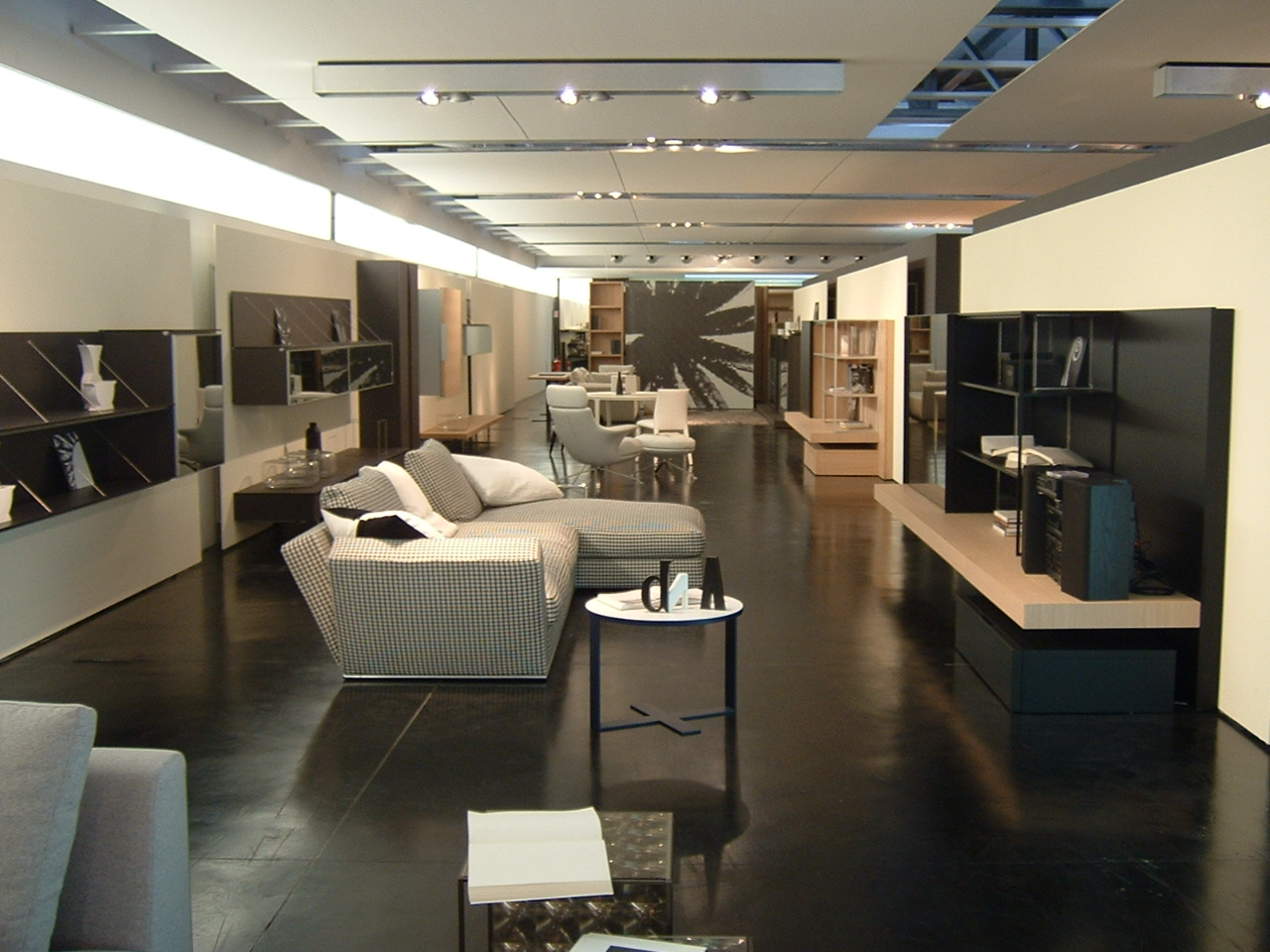Some business owners and managers think that their showrooms are there to display every single product available; others think that showroom design is a once-off deal and that any dust that gathers just adds to the olde worlde charm. But some know that it is no exaggeration to say that showrooms can make or break a business; that when it comes to first impressions, the quality of the showroom display is critical.

Dolores Deelong says that showrooms should be places where planning, creativity, and showmanship combine in a way that makes clients want to know more, see more, and, of course, buy or rent more. In her detailed article on how to create great showrooms, Deelong interviews several specialists in the party rental business, but the tips and insights provided can easily be generalised to every company that has a showroom.
The same applies to an article by Jack Sweet on how to make showrooms more profitable, in which he gets the opinion of several experts in the bathroom, kitchen, and plumbing retail sector.
Let’s look at some of the secrets and tips these experts provide.
1) A good showroom should provide inspiration
Customers should walk into your showroom and be struck by the myriad ways in which products can be used, and the ways in which they can be used in unusual and interesting combinations. So, they may have walked in with one idea of what they want, with maybe two or three products in mind, but when they see your showroom display, they immediately realise that there are many more alternatives, and they could walk out with an armful of products.
2) A good showroom should be clean, neat, and simple
It’s tempting to try and cram as much of your product line on the showroom floor as possible. It’s very important that you resist the temptation. Showroom floors that are cluttered will do the opposite of what you want to achieve – they’ll make your customers skirt the edges, get what they came for and leave, or (worst case) they’ll take one look at the chaos and leave.
You don’t have to use all of your space; you just need to use your space well.
3) A good showroom has to be customer-friendly
This is related to the point above. Basically, it means that everything should be in reach and the display should be easy to navigate. Don’t make your customers work to see what’s available; keep the important products at eye-level. Also, don’t make the aisles too narrow (they should be wide enough for a wheelchair to turn around in) and don’t prescribe a set path. Let your customers choose where they want to go and how they want to get there.
4) It doesn’t have to be all about the best sellers
Yes, you want to push your newest products and your best sellers, but you shouldn’t forget about the rest of your stock. Combining the new with the old and the high sellers with the low sellers in interesting displays can make customers look at all of your products in a new light, and ignite a must-have feeling for a range of products they didn’t even know existed.
5) A good showroom should be an experience
You should try and engage all of the senses and make your showroom as interactive as possible. Create a little ambience. Some relaxing scents and some relaxing sounds may encourage customers to linger at your display, looking at more products, asking more questions, and, ultimately, buying more products. Customers should also be able to touch and test products if they want to, to see if they really behave the way they think they should do.
6) Keep it fresh
Don’t keep the same display for months (years!) at a time. You don’t have to completely revamp everything on a weekly basis, but if you can give your showroom a facelift every two months, you’ll keep your customers interested. If you make it enough of an experience, you may find that they look forward to the change and come in specifically to see what’s new.
7) Keep it professional-looking
Don’t use handmade signs or promotional material. Bear in mind that handmade is not necessarily the same as self-made. You can create your own signs and promotional material, if you have the equipment that will give it a professional look. If not, use a professional.
On a signage-related note, Hank Darlington (from Jack Sweet’s article) says that you don’t have to use all of the display merchandise provided by suppliers. This is partly because there is usually so much of it that it can clutter the showroom. It’s also partly because it prevents you from stamping your unique touch on your displays. Use some of the material by all means, but remember to save some room for your individuality.
8) Show everything in its best light
This is meant literally, so no fluorescent lighting. Use track lighting and use quality bulbs, like halogen bulbs. David Hawkins (also from Sweet’s article) says that natural light is not necessarily your ally when it comes to showroom displays, because the quality and angle of the light shifts throughout the day. This can, literally, show your products in a bad light.
This means that it’s best to keep the displays away from windows, if you happen to have any looking onto your showroom floor.
Featured images:
License: Royalty Free or iStock
source: http://www.sxc.hu/photo/225609
Jemima Winslow is an impulse buyer. She will often go into a store for one item and come out with 20, simply because the products look so interesting. It’s for her, and billions of others like her, that retailers need to put some effort into their showroom displays.

